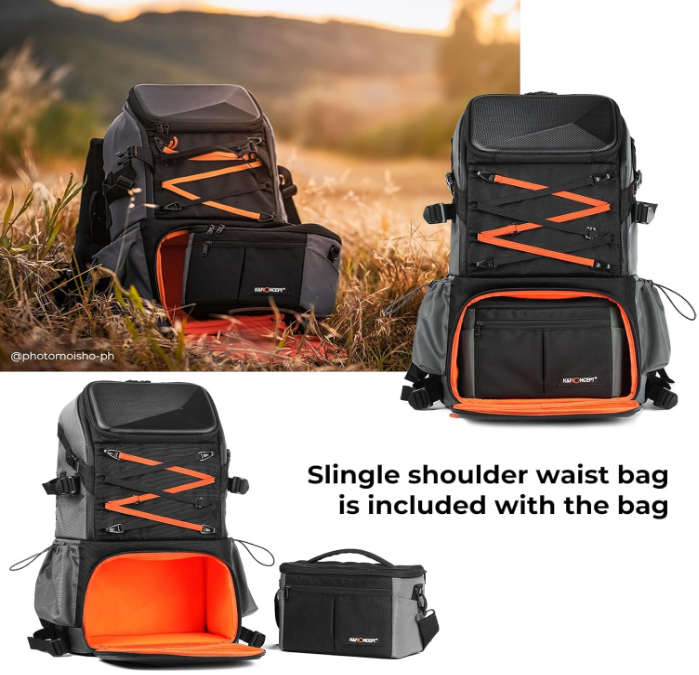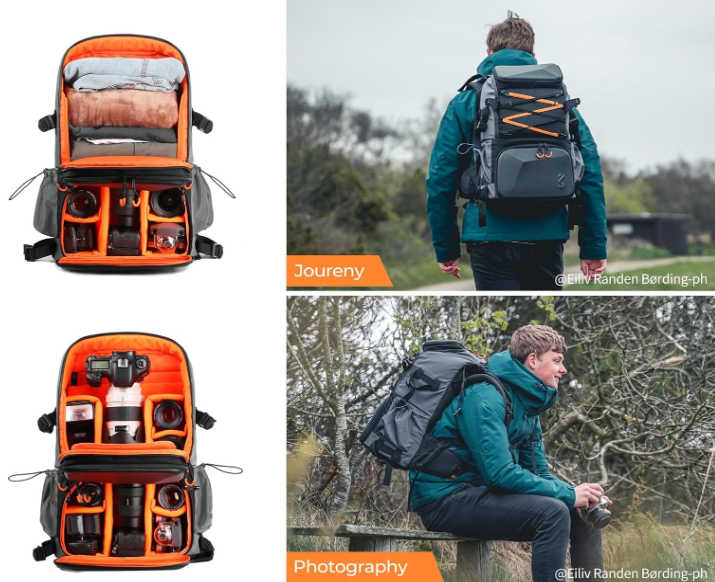Best Waterproof Camera Bag For Travel
Tuesday 30 July 2024
 2.0k
2.0k
 Reproduction without the author's authorization is prohibited
Reproduction without the author's authorization is prohibited
In wildlife photography or landscape photography, photographers often wait for a long time outdoors to capture some decisive moments. In order to take perfect photos, photographers will bring a lot of equipment, such as zoom lenses, tripods, filters, etc. Photographers need a waterproof camera bag to carry these equipment and cope with changes in the outdoor environment.
What camera bag is waterproof?
Whether a camera bag is waterproof depends on its material and design. Manufacturers typically use water-resistant materials such as nylon, polyester, or specially treated canvas to ensure the bag can withstand light rain or splashes of water. In addition, truly waterproof camera bags have sealed seams, waterproof zippers, and roll-top closures to prevent water from getting in. Some models also come with an additional rain cover for extra protection in heavy rain. When choosing a waterproof camera bag, it is important to consider the level of protection you need based on your typical shooting environment and weather conditions.
What kind of waterproof camera bag is a good waterproof camera bag
A good waterproof camera bag should have several key features to ensure maximum protection and functionality. Look for bags made from high-quality, water-resistant materials such as TPU-coated nylon, tarpaulin, or heavy-duty polyester. These materials are not only waterproof but also durable and resistant to wear and tear. To prevent water from seeping in through the seams or zippers, ensure the bag has welded or taped seams and waterproof zippers. This feature is crucial for keeping your gear dry in heavy rain or wet conditions.
A roll-top closure provides a tight seal, offering superior protection against water ingress compared to traditional zip or flap closures. This design is particularly effective for keeping water out during prolonged exposure to wet environments. The interior of the bag should have ample padding to protect your camera and lenses from impact. Adjustable dividers allow you to customize the layout to fit your specific gear, ensuring everything stays secure and organized.
Look for bags with adjustable, padded shoulder straps and a comfortable back panel for easy carrying, especially if you plan on wearing the bag for extended periods. A waist strap or chest strap can also help distribute the weight more evenly. Some bags come with additional rain covers or built-in rain flaps for extra protection. These can be especially useful if you frequently shoot in unpredictable weather. Ensure the bag design allows for easy access to your gear without compromising its waterproof capabilities. Quick-access pockets or compartments can be helpful for grabbing essential items on the go.
Choose a bag that fits your camera body, lenses, and any additional accessories you typically carry. It should have enough compartments and pockets to keep everything organized and easily accessible.
What kind of waterproof camera bag is not good enough?
A waterproof camera bag that is not good enough will typically lack several crucial features, compromising its effectiveness and durability. Bags made from low-quality, non-waterproof materials such as untreated canvas or thin nylon will not provide adequate protection against moisture and can easily become saturated in wet conditions. Poorly constructed seams and non-waterproof zippers are also significant weaknesses, allowing water to seep into the bag and potentially damage your gear.
A bag without a roll-top closure or a secure, waterproof sealing mechanism will be less effective in keeping water out, especially in heavy rain or during prolonged exposure to wet environments. Insufficient padding or lack of adjustable dividers can lead to inadequate protection for your camera and lenses, increasing the risk of damage from impact or movement within the bag.
Comfort is another critical aspect. Bags with unpadded or poorly designed shoulder straps and back panels can be uncomfortable to carry, particularly for long periods. Without additional support features like a waist strap or chest strap, the weight distribution can become uneven, causing strain and discomfort.
The absence of extra protection features, such as a rain cover or built-in rain flaps, further diminishes the bag's ability to protect your gear in adverse weather conditions. Additionally, a poorly designed bag may lack easy access to your equipment, making it cumbersome to retrieve items quickly when needed.
Finally, a bag that is too small or poorly organized will not have enough compartments or pockets to keep your gear orderly and accessible, leading to frustration and potential damage from items bumping into each other.
What waterproof camera bag is for travel?
In addition to photographic equipment, people usually bring other things when traveling, such as clothes and passports. This requires that the camera bag can hold other things besides the camera. Some camera bags are excellent, but they cannot hold anything other than the camera.
The suspended top layer of the K&F Concept 2 in 1 Camera Backpack can hold travel necessities like clothes, towels, or other personal stuff. Keep your belongings and photographic equipment completely separate, so you won't miss the decisive moment when taking photos because your clothes and camera are mixed together.
K&F Concept 2 in 1 Camera Backpack has Rainproof Cover Prevents water from entering your camera bag and protects your precious camera and accessories from getting wet. If it rains heavily, you can further increase the waterproof performance by using a rain cover that comes with a rainproof cover.
Statement: all contents and remarks made by K&F CONCEPT 's intranet friends only represent themselves and do not reflect any K&F CONCEPT 's opinions and views.
-
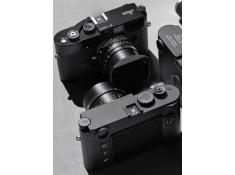 Leica M-mount Milestone! Leica M EV1 Camera SpecificationsWednesday 15 October 2025
Leica M-mount Milestone! Leica M EV1 Camera SpecificationsWednesday 15 October 2025 -
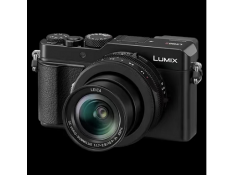 Panasonic to release the LX100M3 camera on October 17thTuesday 14 October 2025
Panasonic to release the LX100M3 camera on October 17thTuesday 14 October 2025 -
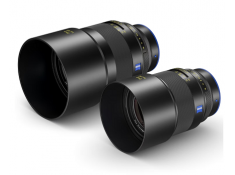 Zeiss is about to release a new Otus ML series lensMonday 13 October 2025
Zeiss is about to release a new Otus ML series lensMonday 13 October 2025 -
 Canon Publishes Patents for 28-400mm F3.5-6.31S and 28-400mm F4-81S LensesMonday 13 October 2025
Canon Publishes Patents for 28-400mm F3.5-6.31S and 28-400mm F4-81S LensesMonday 13 October 2025 -
 First spy photos of the Canon EOS R6 Mark III have been releasedFriday 10 October 2025
First spy photos of the Canon EOS R6 Mark III have been releasedFriday 10 October 2025


